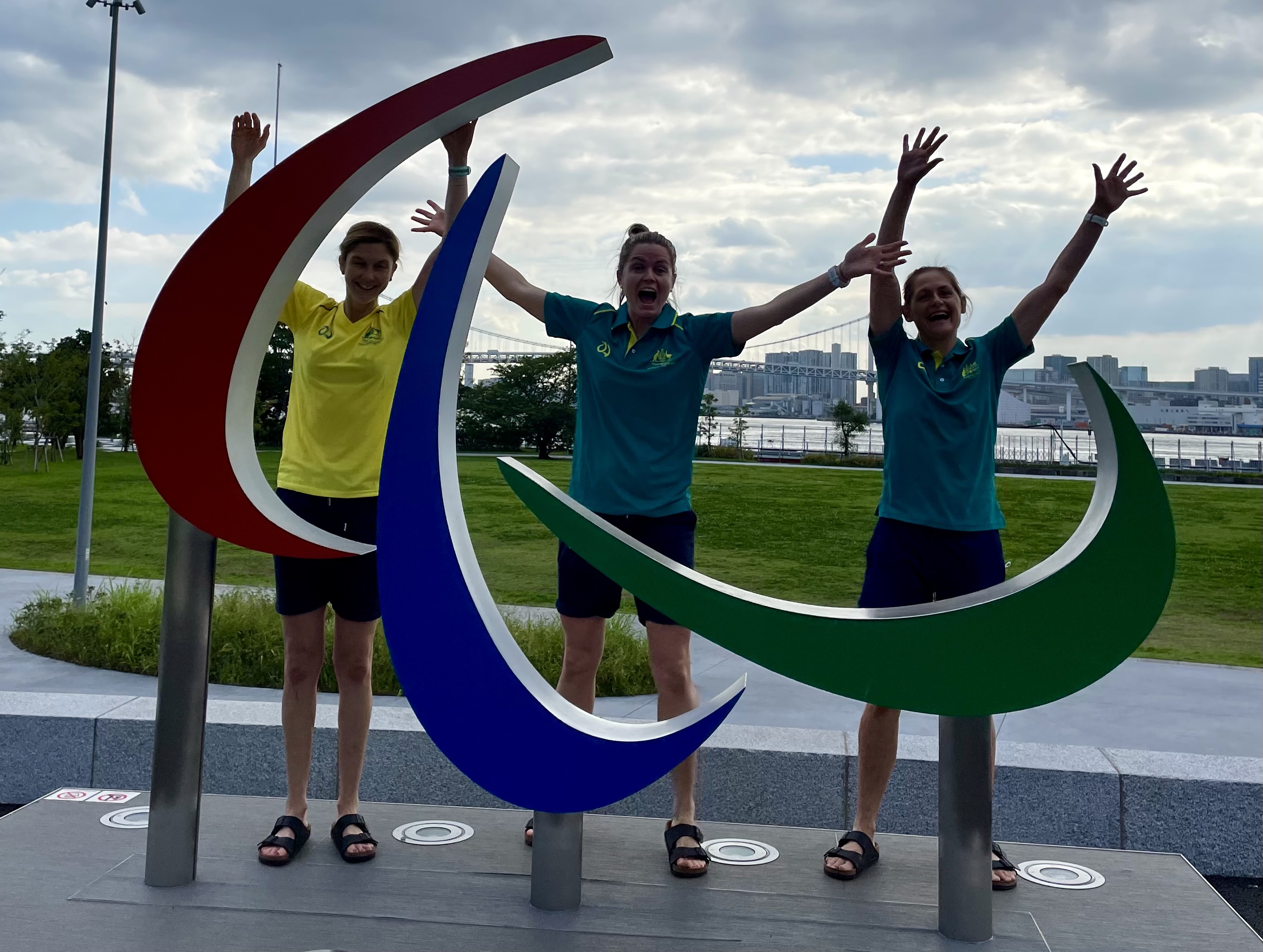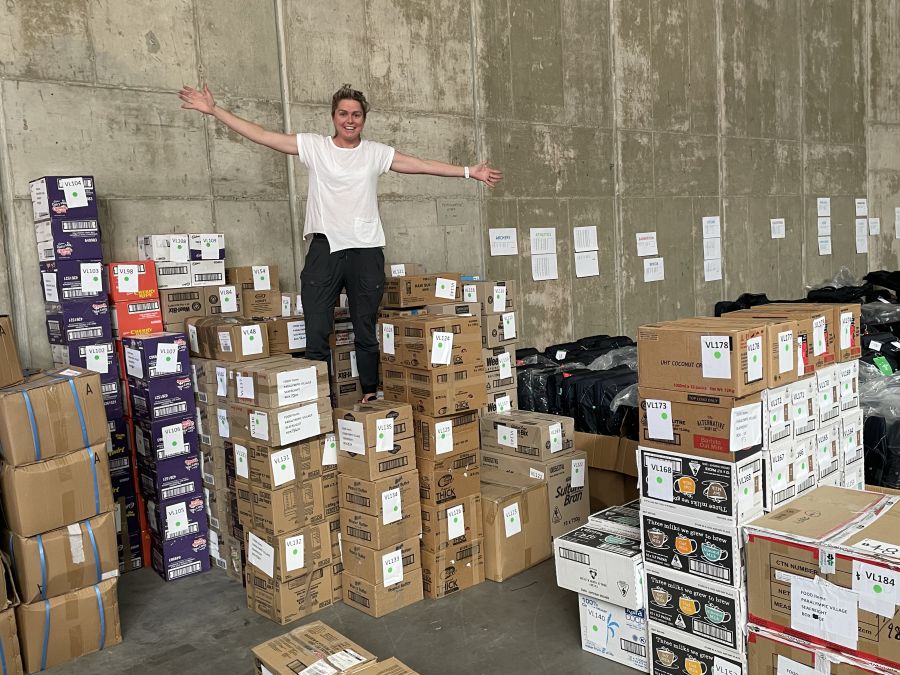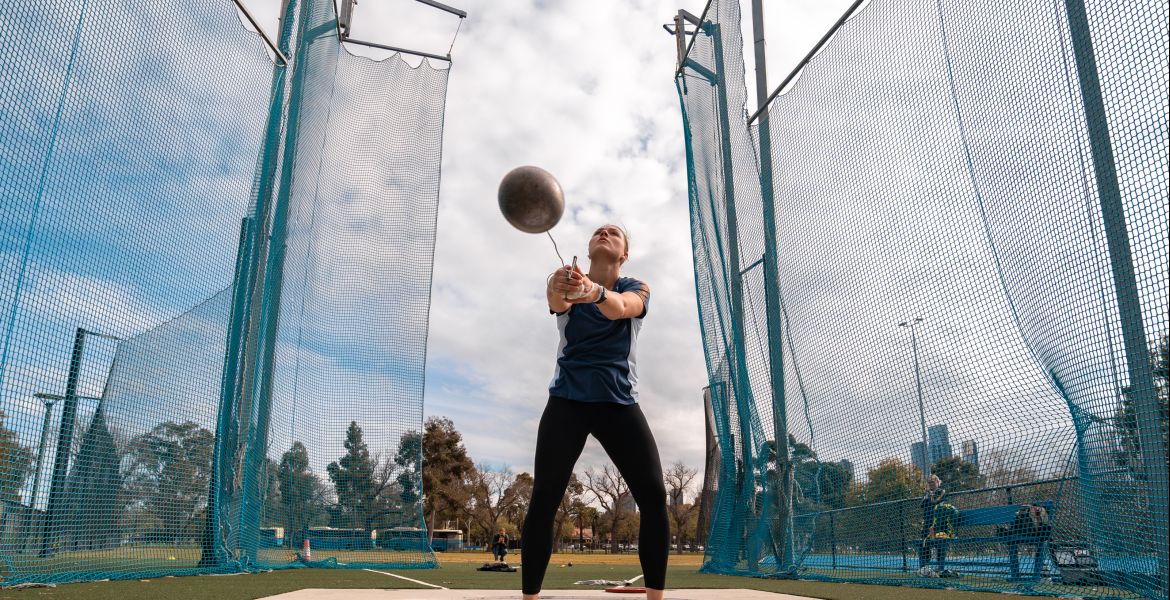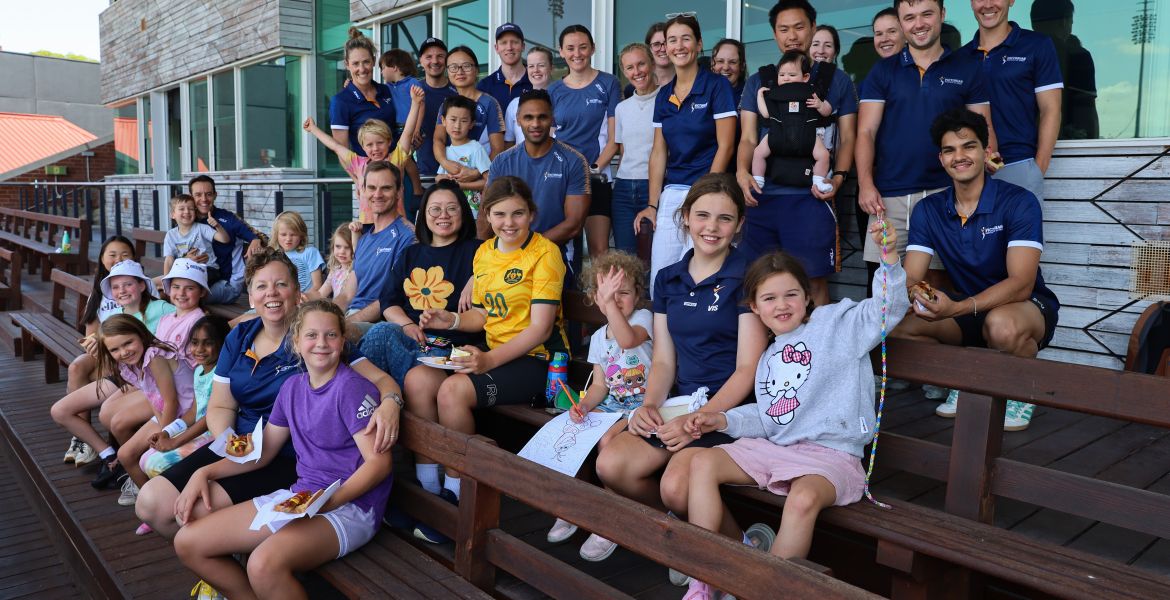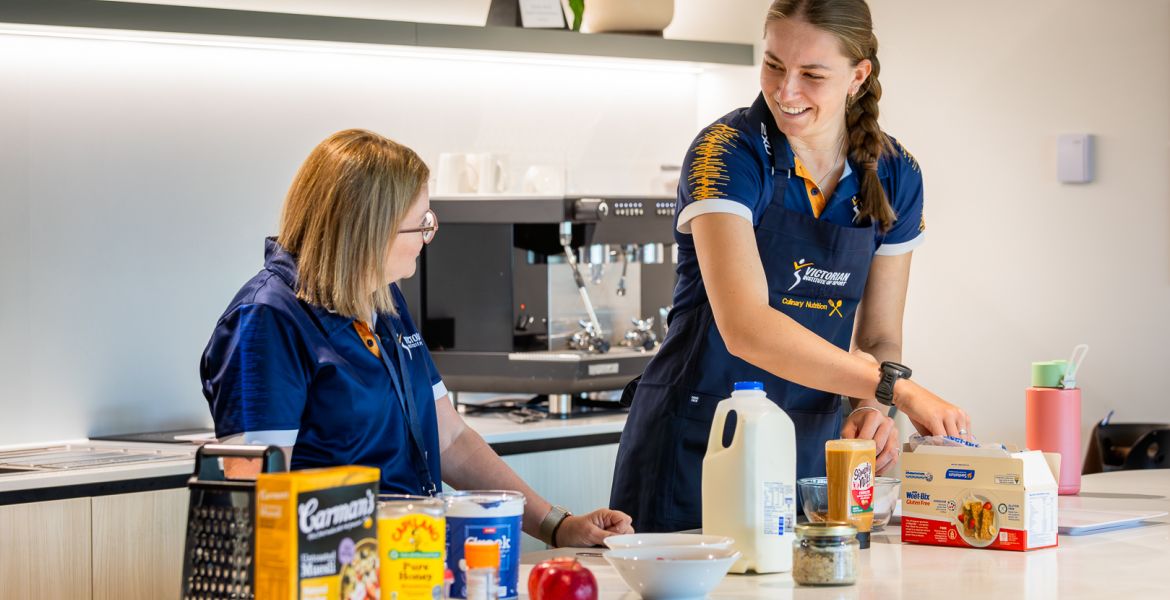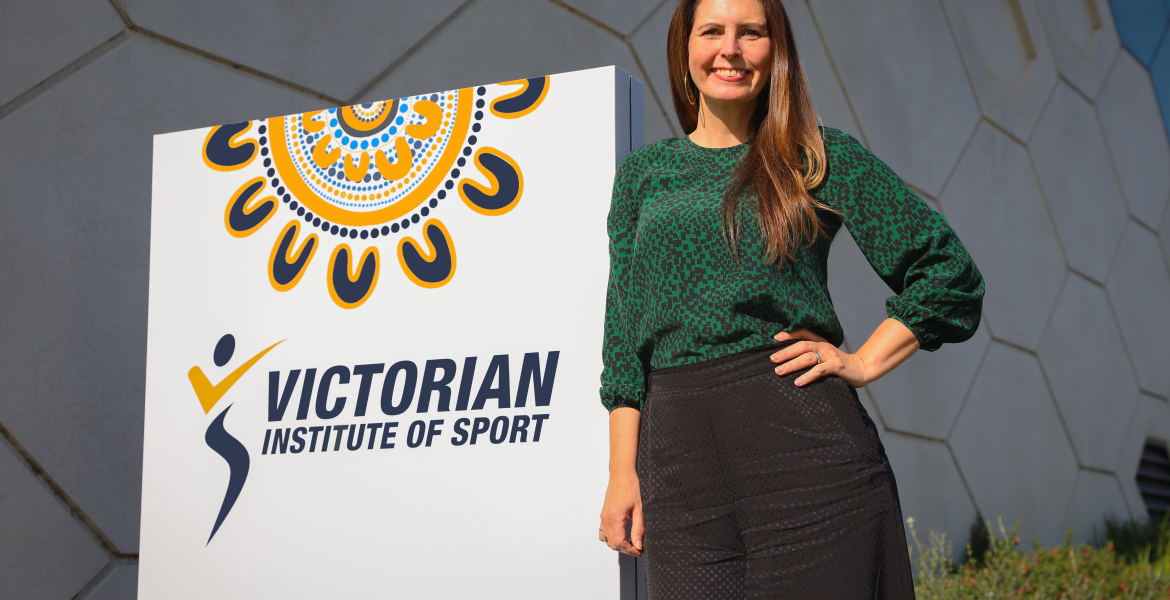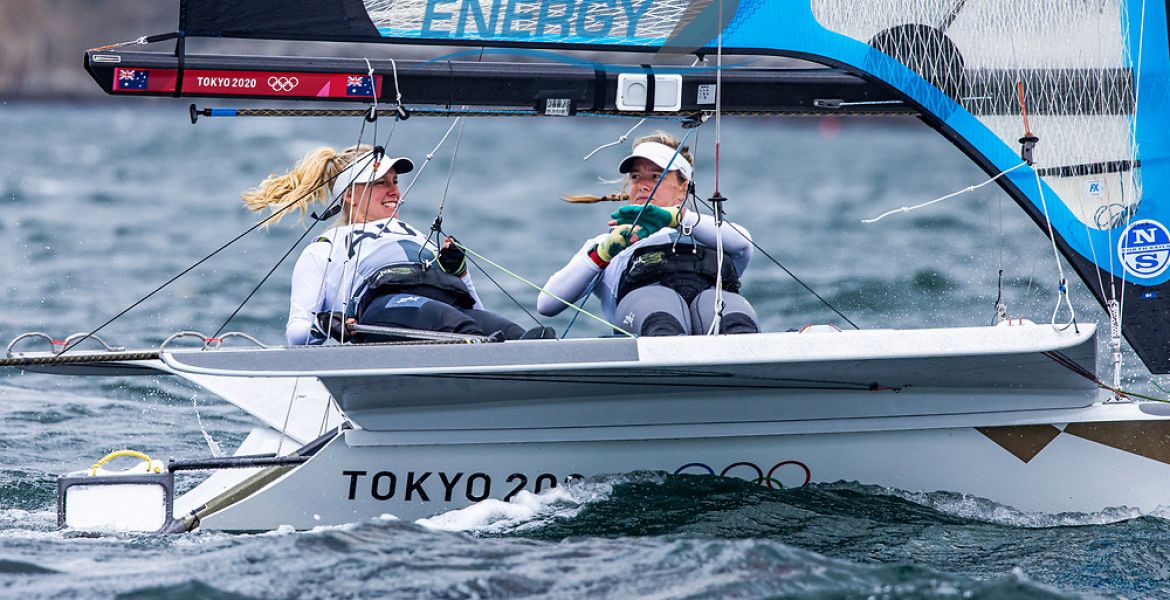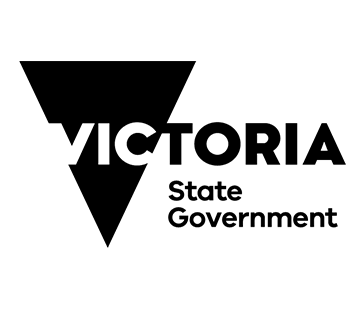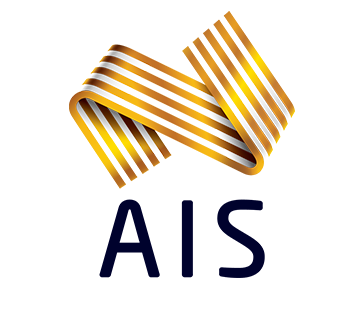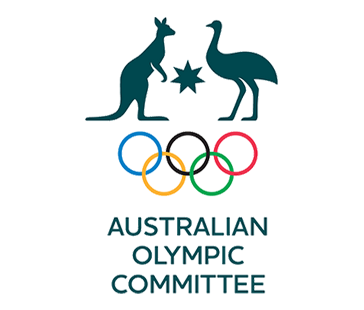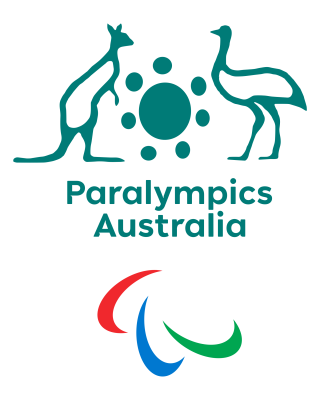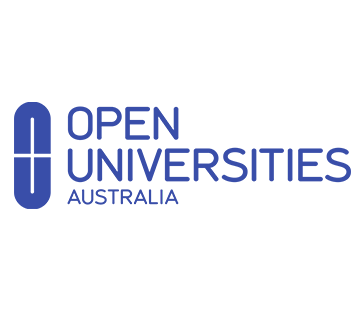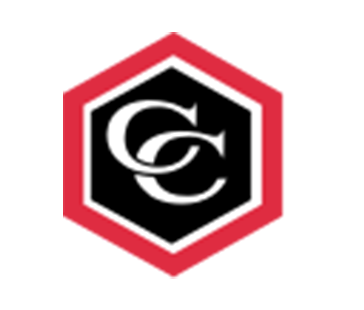If the makers of Caramello Koalas, Vegemite, Carman’s muesli bars and Weetbix witnessed a delightfully profitable spike in demand several months ago, a very good reason exists as to why.
Tonnes of some of Australia’s favourite comfort foods sailed in April for Paris, in preparation for the arrival of the Australian Paralympic Games team in mid-August.
Twenty pallets of supplies were sea freighted, with another two pallets air freighted in the last week.
A mine’s worth of tinned Milo left Sydney in the shipment, along with seemingly enough Up and Go to never stop upping and going.
Approximately 170 Australian athletes will shift into the village that will serve as home for the duration of the Paralympics. In all, the Australian party will approach 350 and each of them must be housed, fed, treated and meticulously prepared for the challenge of competition.
Siobhan Crawshay has the task of ensuring this happens.
Crawshay is Performance Services Lead for the Australian Paralympic team, essentially the person with responsibility for co-ordinating the complete suite of services required by the athletes and staff.
This backroom operation, if you like, is comprised of a nutrition team of three, three recovery physiologists, two psychologists, three wellbeing staff, three doctors, two nurses, four physiotherapists and three massage therapists.
If the role sounds bureaucratic, it isn’t.
Crawshay was in Paris in February, measuring up rooms in the athlete village to determine who and what should and could go where. (She used patterns of massage tables cut out of newspaper and placed on the floor to help the process.)
In April, Crawshay and a team of operations staff were in Sydney to pack the three containers of supplies that had to sail to a strict deadline to arrive in France, clear customs and be available when the first athletes arrive in late August.
European regulations being what they are, honey and all dairy products were forbidden.
“Food was very strict this time. Our nutrition team had to think on their feet and choose products that weren’t going to cause problems. There were some that you couldn’t send and others that, if you did send them, required certification which then required a lot of effort to get the food companies here to help you with the information that was needed,” Crawshay explains.
“I’ve been asked numerous times why we don’t buy everything once we arrive but time is of the essence. You’ve got two or three days to set the village up and then the athletes start arriving and you have to be a functioning apartment block with everything ready to go, furnishings in, beds made, a full food service……..if you’re going out to the shops and you have to buy 10,000 litres of whatever, it isn’t feasible.”
A dietitian with the Victorian Institute of Sport who has worked at six major Games (three Winter Olympics and three Summer Paralympics), Crawshay is one of 31 VIS staff who will be working across the weeks of the Paris Olympic and Paralympic Games. Ten VIS staff will be with the Paralympic team, including VIS nutrition manager, Kylie Andrew.
As the performance services lead, however, Crawshay appears to need a working knowledge of plumbing, interior design, catering, logistics, transportation, nutrition, tailoring, French customs practice, office administration and emergency services.
At the Beijing Winter Olympic Games, Crawshay had to figure out a way to prevent food from freezing. It was -30 degrees outside.
In Tokyo, with the world traumatised by COVID, Crawshay and the paralympic nutrition team freighted, prepared and delivered, with the assistance of caterers, every meal, lessening the need for social contact in the village food hall.
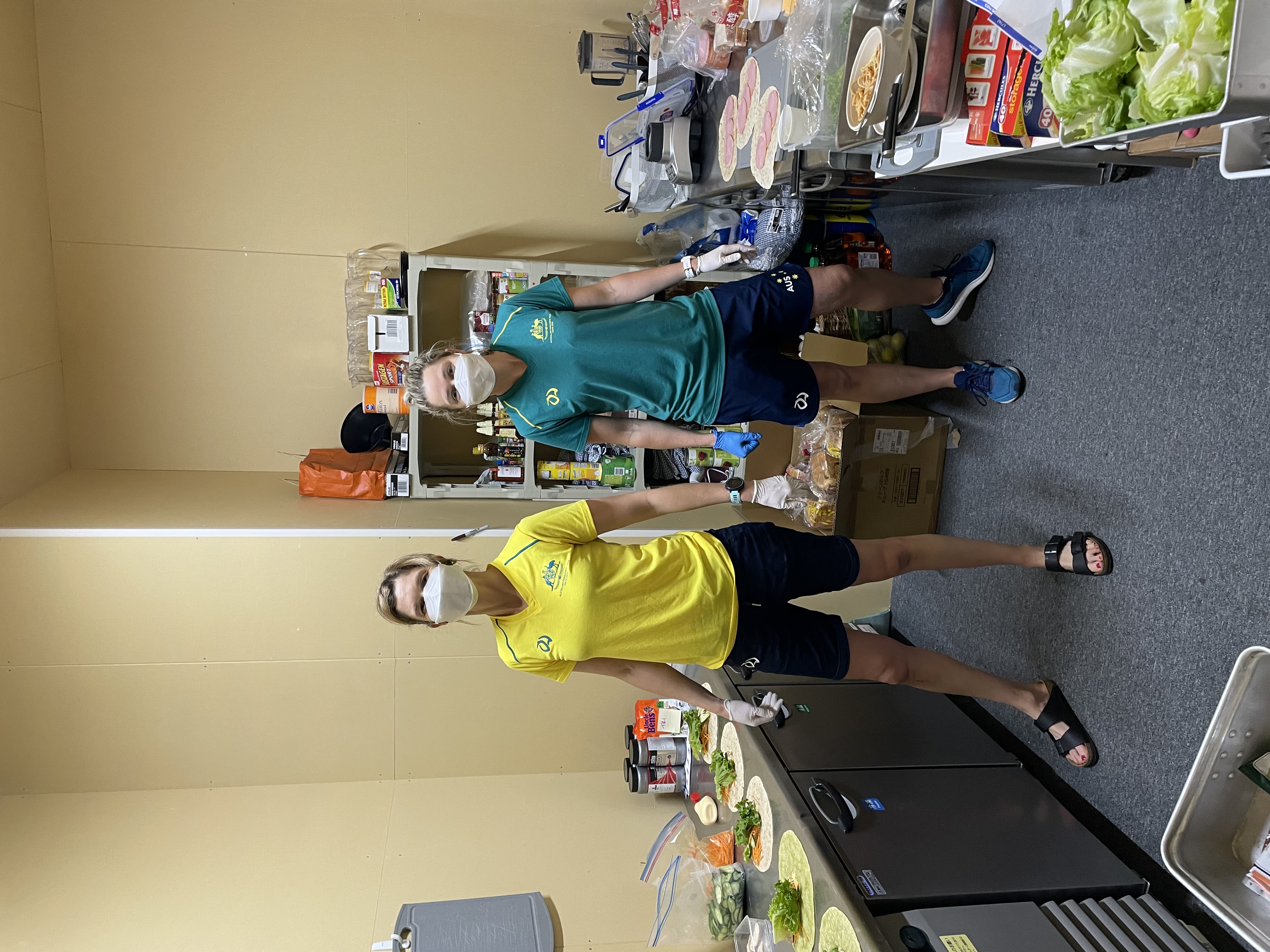
Thirty pallets of food were shipped in to realise this self-sufficient model and across the course of the games 6504 dinners, 6319 lunches and 780 allergy meals were prepared. 2400 eggs, 3150 bananas and 3100 yoghurt tubs were consumed.
Paris will be different again, although elements of the self-sufficient nutrition model will return.
“Well, the dining hall is not just outside your bedroom, like it is at home,” Crawshay says.
“You could be in a wheelchair and have to push 800m to the dining hall three times a day. And that’s just to the front of the dining hall. Then you’ve go to go around the food hall choosing and carrying a tray of food.
“The Games always do a good job to make it wheelchair accessible but it’s not always the most practical for the athletes.
“Or with a visually-impaired athlete, going to the dining hall is their worst nightmare. They can’t see what they want to choose, they can’t see what they’re eating….it’s not always a great environment for certain people.
“I anticipate we will serve at least 50 per cent of our athletes and staff.”
Aside from foods and medicines, the sundry items in the Australian shipment included team uniforms, printing supplies, decals for the walls of the Australian compound and coils of garden variety hosing.
“We need a lot of hosing for access to water….a tap is here, the recovery bath is there, we have to connect the two. And we need pumps and hosing to empty the baths,” Crawshay adds.
“A lot of ice baths, chilling boots and recovery apparatus went, too.”
The concerns of the athletes, though, are the concerns most important to Crawshay and her team.
Uniforms and medicines and treatment and reliable transport may be necessary but creature comforts and familiarity are almost as important to athletes poised to meet what may be the most significant moments of their sporting lives.
“Food is central to that,” says Crawshay.
“So the challenge is to provide something familiar, something that is trusted, something that is reassuring and good for performance."
“Think breakfast cereals and Vegemite. We always send Vegemite.”
And a sneaky Caramello Koala, or two.
